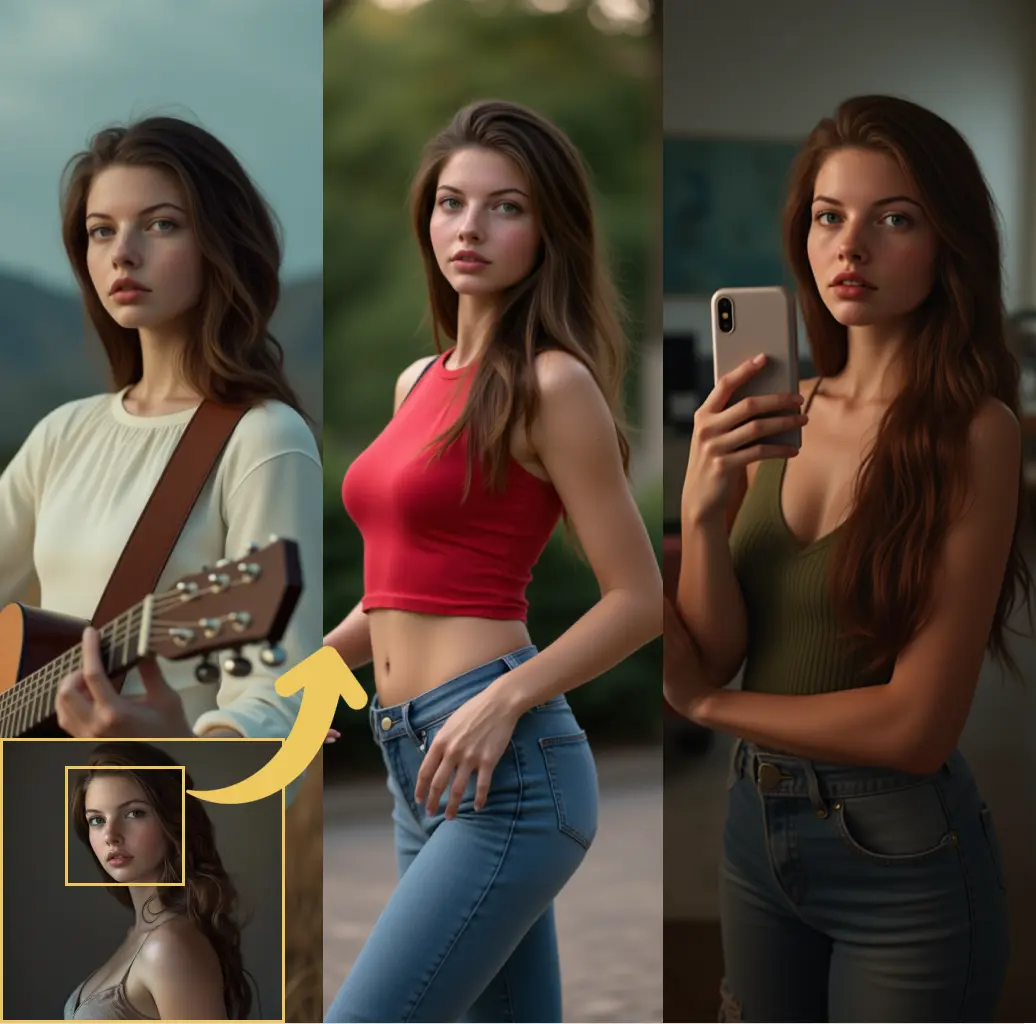ComfyUI Node: Video Film Damage
VideoFilmDamage
Categoryimage/effects
DriftJohnson (Account age: 4052days) Extension
DJZ-Nodes Latest Updated
2025-04-25 Github Stars
0.04K
How to Install DJZ-Nodes
Install this extension via the ComfyUI Manager by searching for DJZ-Nodes- 1. Click the Manager button in the main menu
- 2. Select Custom Nodes Manager button
- 3. Enter DJZ-Nodes in the search bar
Visit ComfyUI Online for ready-to-use ComfyUI environment
- Free trial available
- 16GB VRAM to 80GB VRAM GPU machines
- 400+ preloaded models/nodes
- Freedom to upload custom models/nodes
- 200+ ready-to-run workflows
- 100% private workspace with up to 200GB storage
- Dedicated Support
Video Film Damage Description
Simulate aged film effects with scratches, dust, and deterioration for vintage video aesthetics.
Video Film Damage:
The VideoFilmDamage node is designed to simulate the aesthetic of aged or damaged film footage, adding a nostalgic or artistic touch to your video projects. This node applies various effects such as scratches, dust, and chemical deterioration to each frame of a video, creating a vintage or distressed look. By introducing time-based variations, it ensures that the effects are dynamic and change over time, mimicking the natural wear and tear seen in old films. This node is particularly useful for artists looking to add a retro feel to their videos or to create a specific mood that evokes the past. Its ability to customize the intensity and type of damage allows for a wide range of creative possibilities, making it a versatile tool in any video editing or AI art project.
Video Film Damage Input Parameters:
damage_preset
The damage_preset parameter determines the type of film damage effect to apply. It can be set to predefined options like "none" or "custom," where "none" applies no effect and "custom" allows for user-defined variations. This parameter influences the overall style and intensity of the damage applied to the video frames.
scratch_density
The scratch_density parameter controls the amount of scratches that appear on the video. A higher value results in more scratches, simulating a more worn-out film. This parameter is crucial for achieving the desired level of visual noise and can be adjusted to match the artistic intent of the project.
dust_amount
The dust_amount parameter specifies the quantity of dust particles added to the video frames. Increasing this value will make the video appear dustier, enhancing the vintage effect. This parameter is essential for creating a realistic old film look, as dust is a common artifact in aged footage.
deterioration_strength
The deterioration_strength parameter adjusts the intensity of chemical deterioration effects on the video. A higher value will result in more pronounced color shifts and fading, mimicking the chemical degradation seen in old films. This parameter is key for achieving a convincing aged appearance.
time_variance
The time_variance parameter introduces temporal changes to the effects, making them vary over time. This creates a dynamic and realistic simulation of film damage, as the effects will not remain static but will fluctuate, adding to the authenticity of the vintage look.
custom_expression
The custom_expression parameter allows for the definition of a custom mathematical expression to control the variation of effects over time when the damage_preset is set to "custom." This provides advanced users with the flexibility to create unique and complex time-based variations tailored to their specific needs.
Video Film Damage Output Parameters:
processed_batch
The processed_batch output parameter contains the video frames after the film damage effects have been applied. Each frame is normalized and clipped to ensure the effects are visually consistent and within the expected range. This output is essential for further processing or rendering, as it represents the final product of the node's operations.
Video Film Damage Usage Tips:
- Experiment with different
damage_presetoptions to quickly achieve various film damage styles without needing to adjust individual parameters manually. - Use the
custom_expressionparameter to create unique time-based variations that can add a personalized touch to your video projects, especially if you have specific artistic goals in mind. - Adjust the
scratch_density,dust_amount, anddeterioration_strengthparameters incrementally to fine-tune the level of damage and achieve the desired visual effect without overwhelming the video content.
Video Film Damage Common Errors and Solutions:
"Invalid custom expression"
- Explanation: This error occurs when the
custom_expressionparameter contains a syntax error or an unsupported operation. - Solution: Double-check the expression for any typos or unsupported functions. Ensure that the expression is mathematically valid and compatible with the node's processing capabilities.
"Frame processing failed"
- Explanation: This error might happen if the input video frames are not in the expected format or if there is an issue during the application of effects.
- Solution: Verify that the input video frames are correctly formatted and compatible with the node. Ensure that all input parameters are set within their valid ranges and that the node is properly configured.
Video Film Damage Related Nodes
RunComfy is the premier ComfyUI platform, offering ComfyUI online environment and services, along with ComfyUI workflows featuring stunning visuals. RunComfy also provides AI Playground, enabling artists to harness the latest AI tools to create incredible art.


